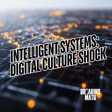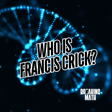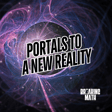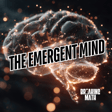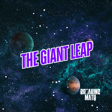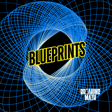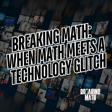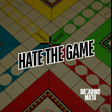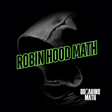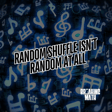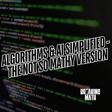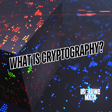
Dots and Lines: Hidden Networks
In this conversation, Autumn and Dr. Anthony Bonato explore the fascinating world of networks, discussing their significance in various fields, including mathematics, social interactions, and even the spread of diseases like COVID-19 in his new book Dots and Lines. Anthony shares his journey into network science, the importance of understanding networks in everyday life, and how they can reveal hidden connections. The discussion also touches on popular culture references, such as Game of Thrones and Survivor, to illustrate the practical applications of network theory. Ultimately, the conversation emphasizes the need to embrace mathematics and recognize the pervasive role of networks in our lives.
Takeaways
- Networks are fundamental to understanding complex systems.
- The COVID-19 pandemic highlighted the importance of network science.
- Mathematics encompasses more than just numbers and shapes.
- Personal experiences can lead to profound realizations about networks.
- Everyday life is filled with examples of networks in action.
- Game of Thrones and Survivor serve as engaging examples of network analysis.
- The Bacon number illustrates connections in Hollywood.
- Erdős number connects mathematicians through collaboration.
Chapters
- 00:00 The Inspiration Behind the Book
- 03:38 Understanding Networks: A New Perspective
- 06:13 Networks in Everyday Life
- 08:28 The Power of Networks in Society
- 11:03 Real-World Applications of Network Science
- 13:32 Pop Culture and Network Analysis
- 15:38 The Bacon Number and Network Connections
- 21:53 The Bacon Number and Small World Phenomenon
- 26:34 Network Embeddings and Their Applications
- 31:04 Graph Theory: Patterns and Connections
- 35:11 The Importance of Mathematics in Everyday Life
- 36:57 Introduction and Curiosity in Connections
Follow Anthony on Twitter, and on his Website Subscribe to Breaking Math wherever you get your podcasts.
Become a patron of Breaking Math for as little as a buck a month
Follow Breaking Math on Twitter, Instagram, LinkedIn, Website, YouTube, TikTok
Follow Autumn on Twitter and Instagram
Become a guest here
email: breakingmathpodcast@gmail.com
